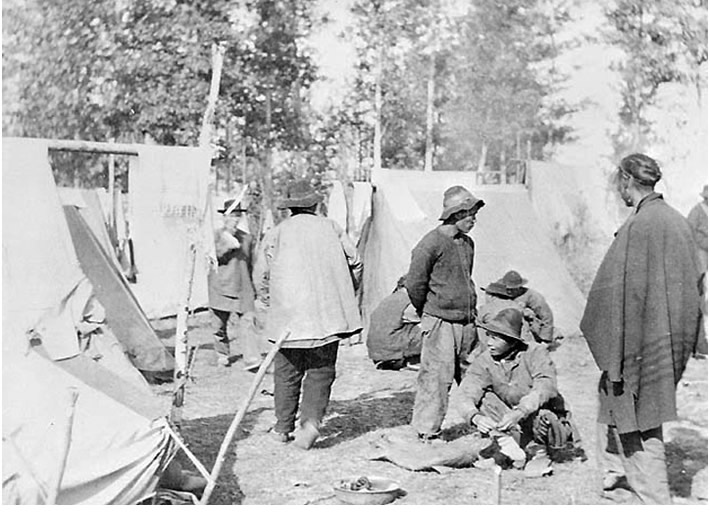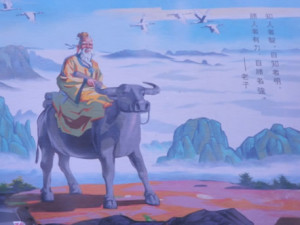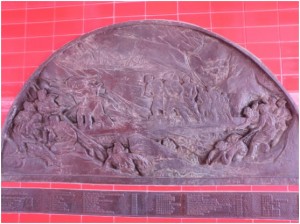Taking the train from Vancouver
On Tuesday night the first banner train gets underway, heading across thousands of kilometres and nine banner drop offs (and counting) to Toronto. Local readers, please note: There will be a send off at the park across from Pacific Station at 7:00PM. Join us!
Ten years ago churches and Aboriginal groups marked the end of the Jubilee Land Rights Campaign with a cross-Canada Blanket Train. This in turn honoured the Constitution Express of November 1980, when one thousand Aboriginal people took part in train rides to Ottawa during constitutional repatriation talks with the British that initially left Indigenous peoples out of the conversation and the resulting text.
The train tracks criss-crossing Canada remain a powerful symbol of unity for many; if there’s one thing we’re taught in school, it’s the story of the Last Spike that completed the railway in 1885, the exclamation mark at the end of Sir John A’s promise to British Columbia to build a uniting pair of silver tracks.
What is said far less often is that the building of the railway demanded hundreds of thousands of acres of Indigenous lands, particularly in the West. Many reservations that are officially recognized under treaty have systematically lost land to rail and road right of ways, which is why blockading train tracks has long been an important non-violent protest and symbol for some First Nations. In British Columbia (then as now) few treaties were signed and the land for railways was simply taken. Such protests are a reminder of whose land this is, and of the need for mutual agreements about land use.
Near what is now Vancouver’s VIA station sits Chinatown. It is an historic and thriving community.
It’s still dotted with old buildings that belong to the benevolent societies that helped Chinese immigrants find their footing in a new and very often hostile land. In a quiet corner near the oasis that is the Dr Sun Yat-Sen Classical Chinese Garden sits a memorial to the Chinese labourers who lost their lives to the gruelling and risky work of building the Canadian Pacific Railway through BC’s mountains.
Paid less than their European counterparts working further east, working with explosives in the sheer mountain passes, and living in extremely harsh conditions, they died by the thousands. In 2006, the federal government formally apologized, but it is community groups and teachers who are left with the work of keeping their memory alive.
There’s no doubt that these rails remain a powerful sign of unity, and the idea of placing banners honouring Indigenous rights into continuous routes that cross this Indigenous land has been another symbol of unity for many in the KAIROS community. May we remember the cost of those rails.

Chinese labourers building a railway work camp near Kamloops c 1885. Archives Canada










